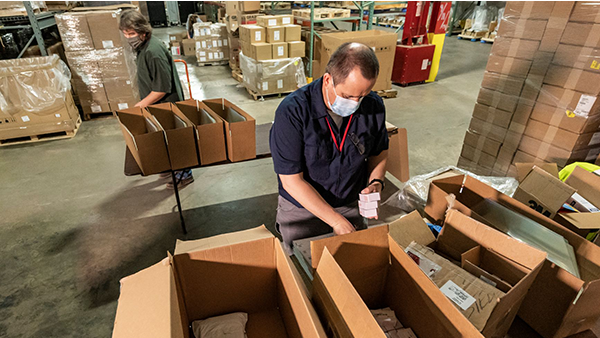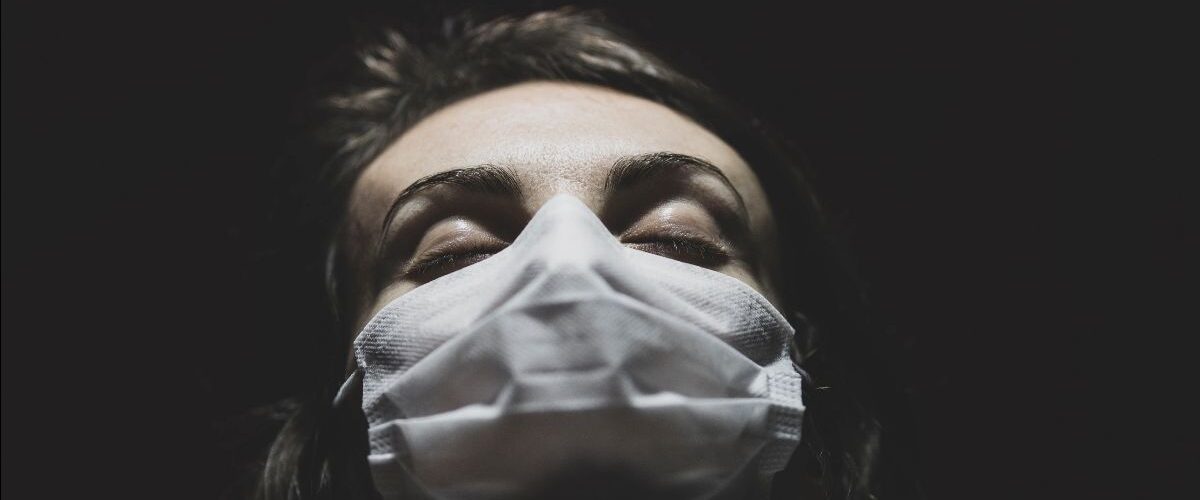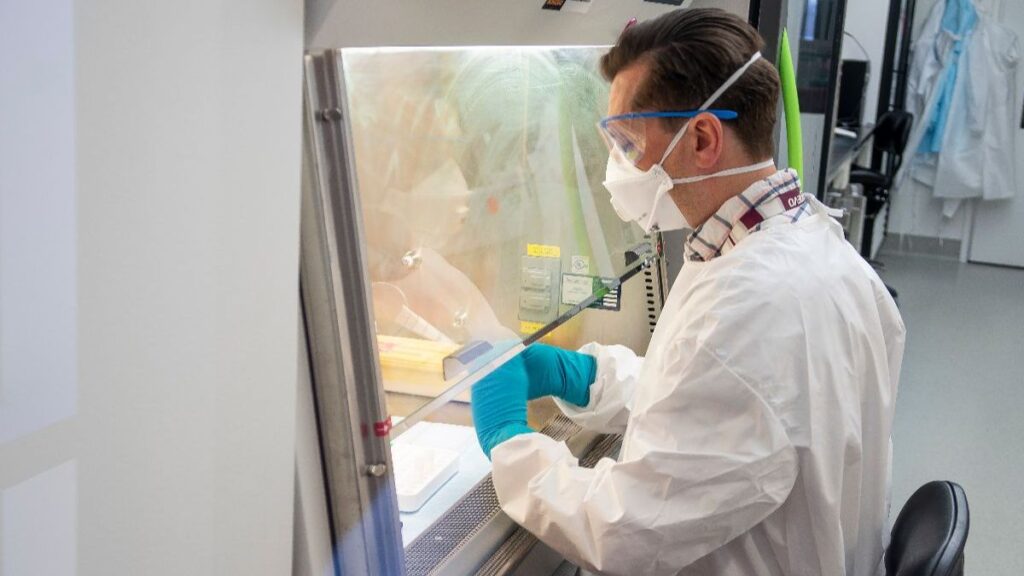
5 reasons we’re grateful for those teachable moments of the pandemic
1. Assuring Laboratory Accuracy
When the pandemic hit, CMS determined that it would be business as usual. Yes, we are thankful for that. It meant more work for us creating different staffing models to do the same work. The reward was knowing that laboratory accuracy was still being measured. We are also thankful for the many lessons learned during this time too.
2. Lessons From The Supply Chain
We learned that the current method of procurement did not stand up to increased demand. In spite of the manufacturer’s ramping up production of needed items, raw materials were unavailable. Even when items could be produced, transportation bottlenecks confounded our ability to get what was needed. Distribution was sporadic; and, some facilities had much and others not enough. There was no system of sharing. We now know that we need better communication as well as a directory of alternate sources. We are thankful that these challenges are being talked about and addressed.
3. Staying Safe At Work
Offices in clinical and other healthcare settings got creative with how they worked, to allow staff and their families to shelter-in-place and quarantine safely. We put our public health values into practice, serving as models for how other workplaces across industries might implement public health measures in response to COVID-19. In particular, WSLH Proficiency Testing was able to shift to a blend of in-office and remote work, so that we could maintain proper social distancing and mitigate the possibility of transmission with less people in the office. We discovered that we could still effectively provide technical troubleshooting and responsive customer service from the safety of our homes. We continue to be grateful for this flexibility.
We learned that biosafety protocols needed review or revision. Clinical laboratories had to discover ways to stay safe, while managing a great influx of tests to process and analyze. From a biosafety standpoint, clinical laboratories had to take pause and assess biosafety challenges, such as how suspected or confirmed SARS-CoV-2 samples should be handled and transported. Clinical labs also had to practice greater care in practicing other testing procedures that are sure not to develop aerosols or droplets in unintentional or undetected ways. We are grateful for the published guidance and resources available for clinical labs to address biosafety challenges.
4. Adapting To Emergent Telecommunication Needs
We also adapted to new telecommunication needs, and to the various tools and platforms that continue to help us stay connected. Across organizations, we are now seeing a successful blending of online teleconferencing and networking platforms with in-person interaction. We hope this hybridization of communication techniques will be furthered in ways to increase inclusivity and promote public health safety in the workplace. We are thankful for the opportunity to learn how to optimize our use of the tools, platforms, and strategies to address emergent workplace needs, both in and beyond the realm of internal and external communications.
5. Everyone Plays A Part In Public Health
Sometimes our lessons learned are difficult to process, especially when we are in the midst of a challenge and might not be able to see how we might move forward. We have and continue to be challenged by disinformation and distrust as the pandemic was politicized from the start. This politicization of the pandemic also, in turn, politicized public health measures that we know work. This has made implementation of a nationwide vaccine program challenging, among other public health measures that we did not foresee would be contested in the political arena. We learned we needed to ramp up our educational outreach and hold media-based organizations accountable for how information about the pandemic was and continues to be disseminated. We learned that we needed to educate the public not just in the face of a pandemic but always in preparation for the inevitable recurrence of new and puzzling infections.
We wish we did not have to learn some of these lessons through the course of a global pandemic; but, such monumental challenges throughout history have been teachable moments for all of us clinical laboratory professionals, the broader scientific community, and champions of public health. The scientific world has pulled together their time, talents, and resources to create new testing platforms, to advance epidemiological tracking, and, through research and diligent work, to develop more than one vaccine to protect healthcare workers and the general population. We are grateful for the individuals and organizations who continue to work at all levels of society to make a changes, at the institutional level, at the individual level, and at the interactional level. We are, most of all, thankful to our customers and laboratories nationwide for not giving up and working together to find a solution. We all have a part to play, and we are grateful for your contributions.









